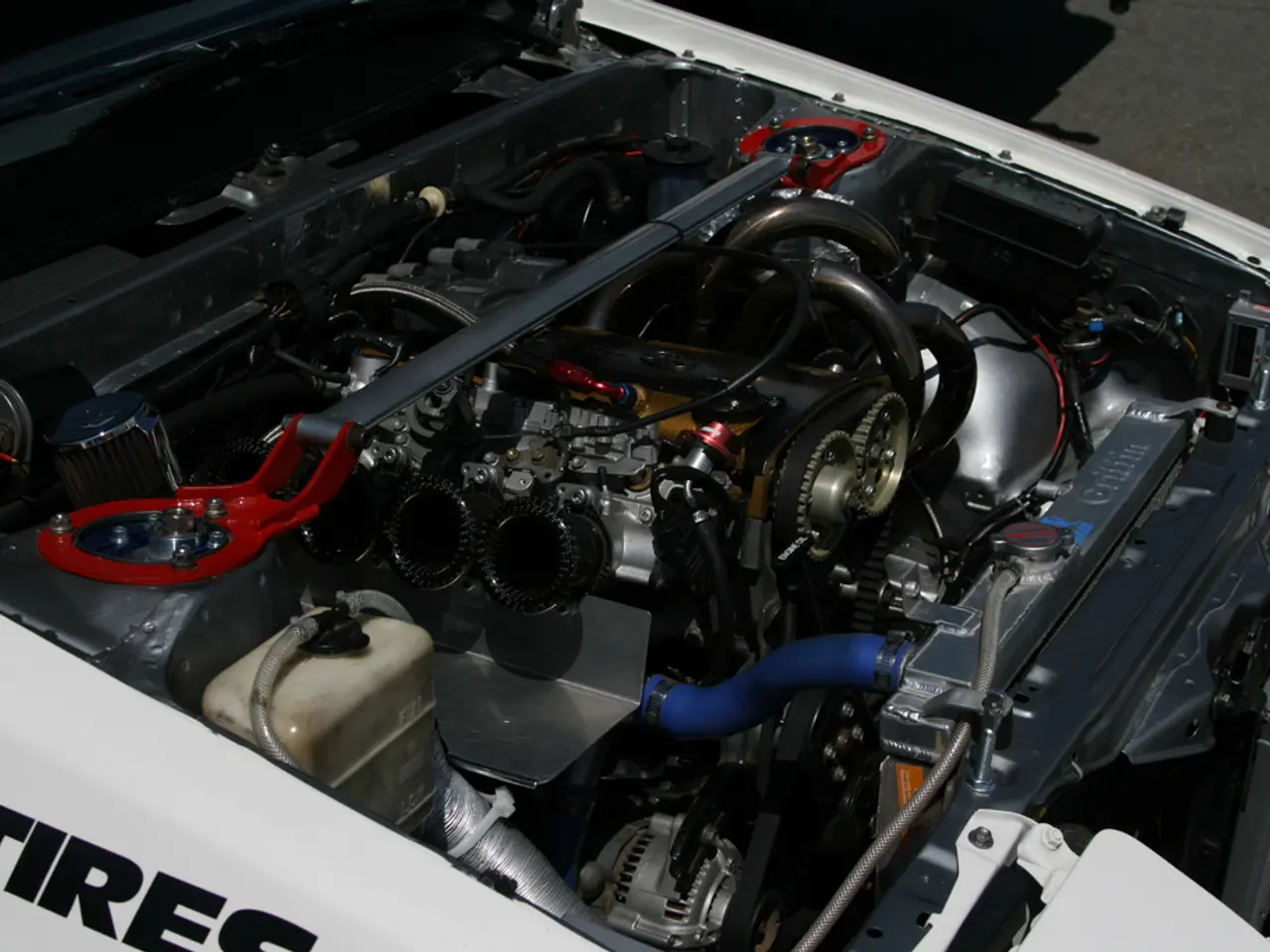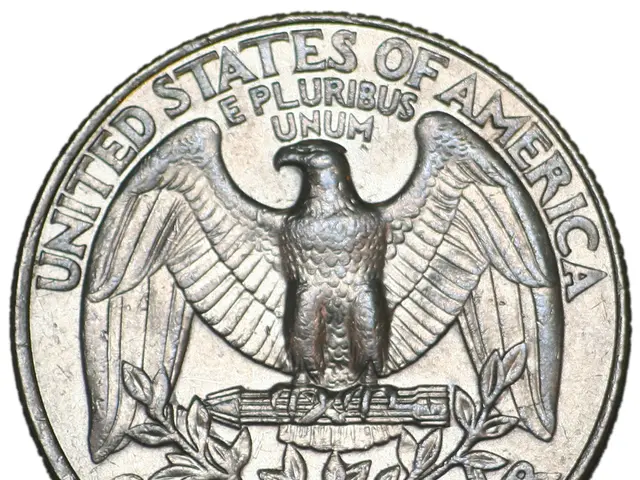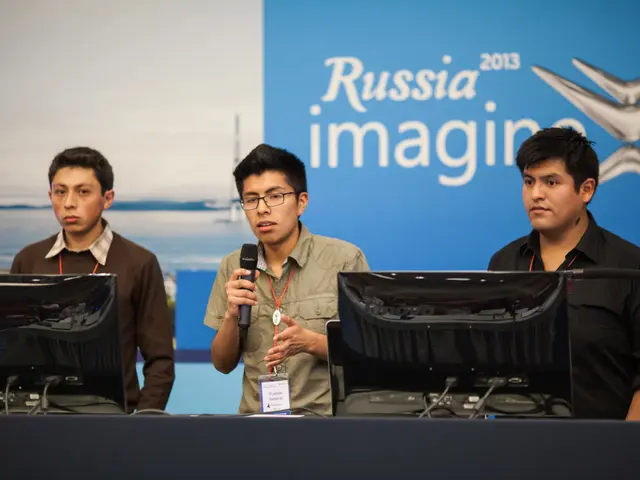Panasonic's anode-free EV battery could potentially augment the Tesla Model Y's driving range by approximately 90 miles.
In the rapidly evolving world of electric vehicles (EVs), battery technology is at the forefront of innovation. One company making waves is Panasonic, which is developing a new anode-free battery technology for EVs.
Panasonic's anode-free battery promises a significant leap in battery capacity, potentially increasing it by 25%. For a Tesla Model Y, this translates into a potential driving range extension of nearly 90 miles (about 145 km) without increasing the battery pack's size.
The technology works by eliminating the anode during manufacturing, allowing for a higher concentration of active cathode materials within the same battery volume. This could be a key tool for Panasonic's partner, Tesla, in an increasingly crowded and competitive stock market today.
Panasonic is also reducing the proportion of expensive nickel in its batteries, a move aimed at cutting expenses. The reduction of nickel is part of a larger recycling initiative, which Panasonic announced in partnership with Sumitomo Metal Mining. This initiative aims to create a sustainable circular economy by continuously reusing valuable materials, reducing the need for new raw materials, and fostering environmental sustainability.
Meanwhile, Panasonic is not alone in its pursuit of anode-free technology. Companies like Our Next Energy, QuantumScape, and unspecified others are also developing similar technologies. Our Next Energy reportedly unveiled a large, prismatic 'anode-free' cell in 2022, boasting an energy density of 1,007 Wh/l and a capacity of 240 Ah. QuantumScape has demonstrated its 'anode-less' technology in a Ducati electric motorcycle, in a partnership with Volkswagen Group's PowerCo.
As the EV market grows and competition intensifies, battery technology is set to play a crucial role. The technology offers a potential for lighter and cheaper batteries, maintaining the current driving range and shrinking the physical size of the battery pack. However, the specifics of how these new technologies would impact manufacturing costs and consumer prices are yet to be disclosed.
In the midst of these advancements, Tesla's market share in the US has dropped to its lowest in almost eight years, facing stiff competition from a growing number of rivals offering new EV models. As the race for battery innovation continues, it remains to be seen who will emerge as the frontrunners in this exciting and dynamic field.
Read also:
- Duty on cotton imported into India remains unchanged, as U.S. tariffs escalate to their most severe levels yet
- Steak 'n Shake CEO's supposed poor leadership criticism sparks retaliation from Cracker Barrel, accusing him of self-interest
- Hydrogen Energy: Sustainable Innovation or Resource Exploitation?
- Dim outlook for a major energy corporation







